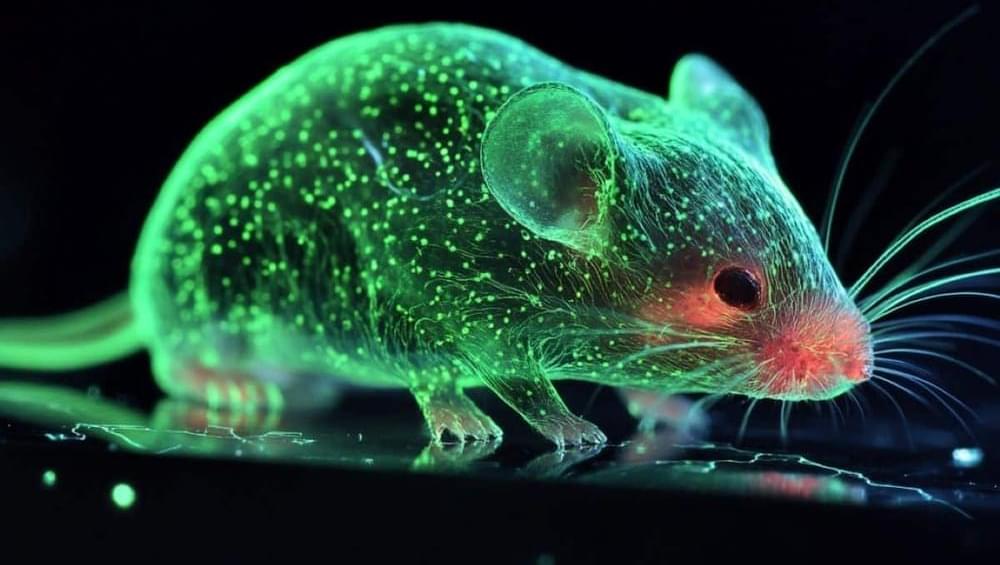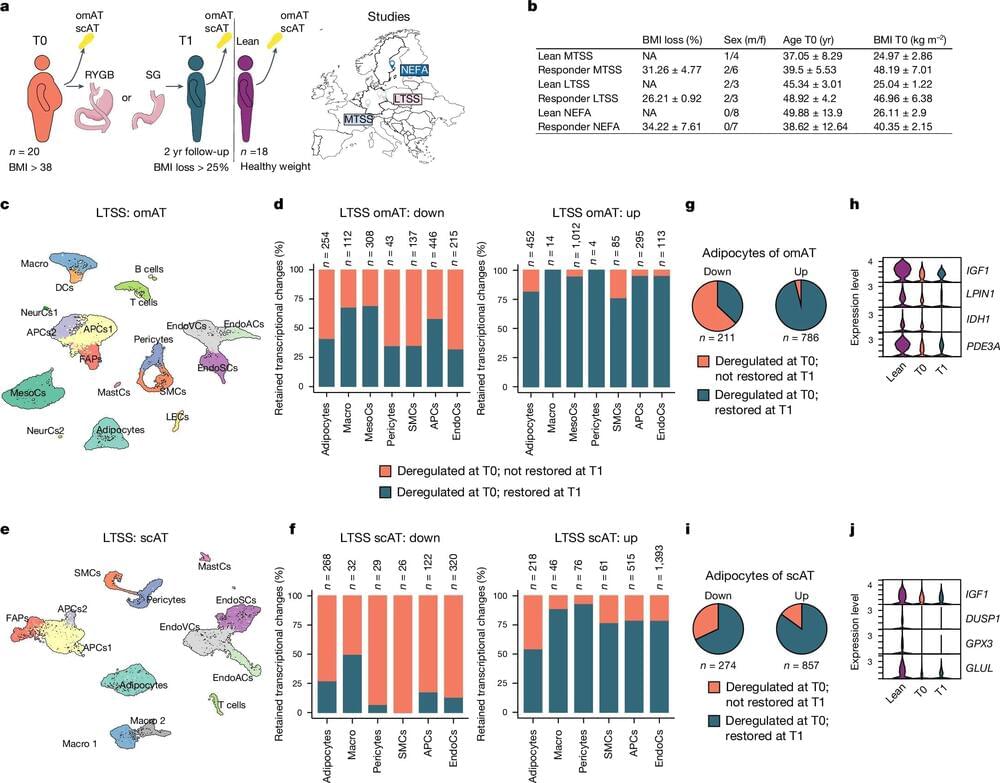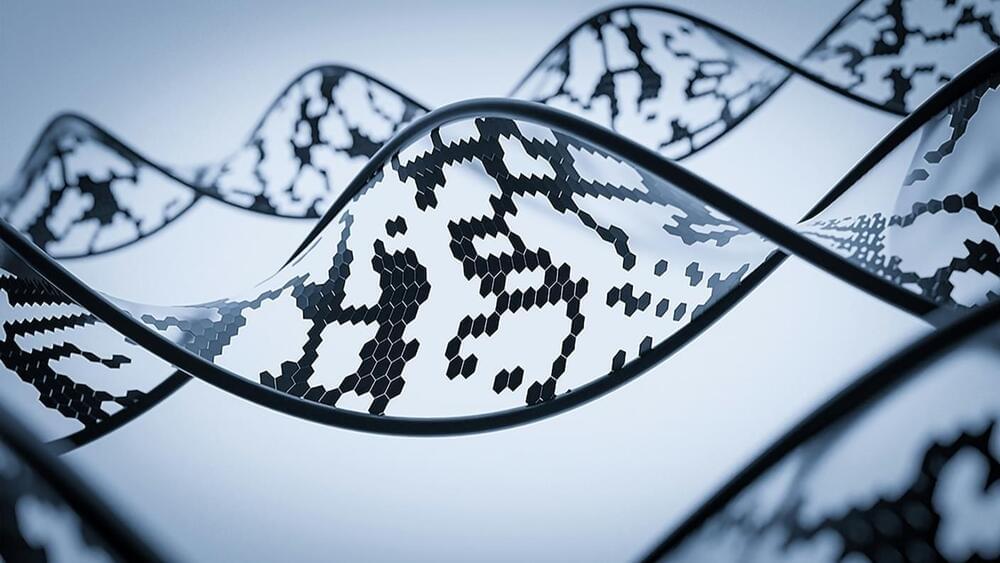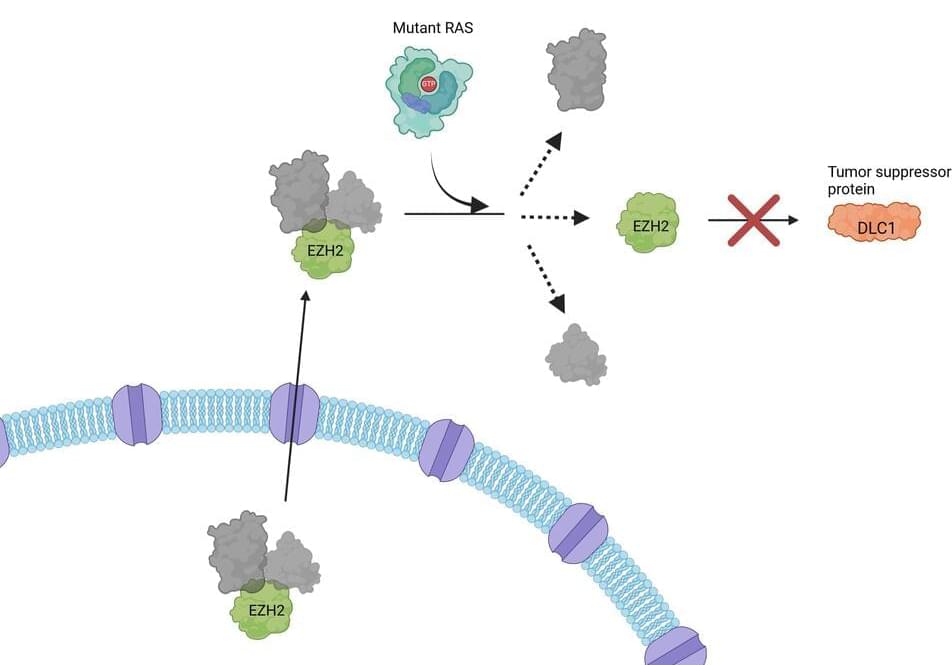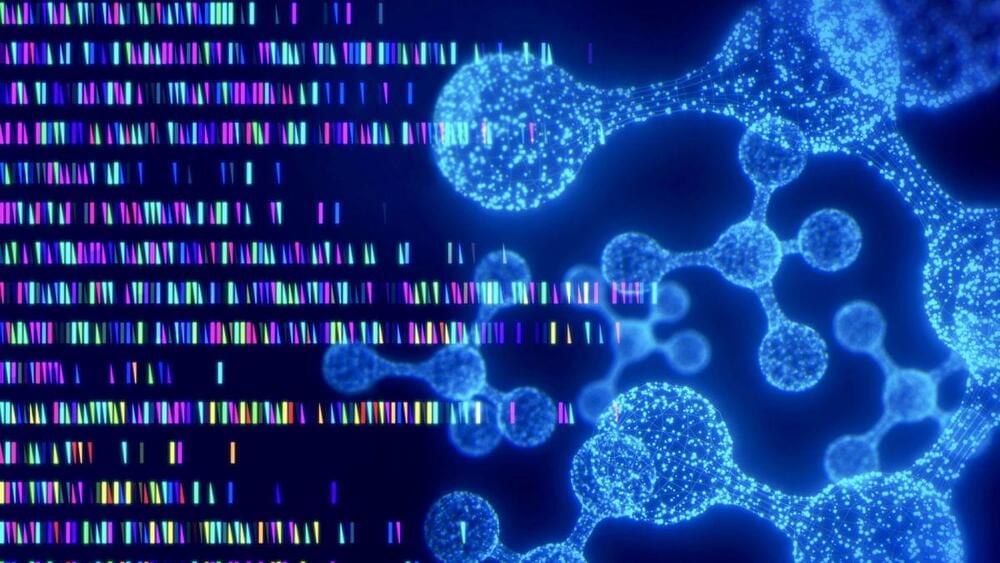Researchers at the Texas A&M College of Veterinary Medicine and Biomedical Sciences (VMBS) are helping uncover new information about the Y chromosome in horses, which will help owners identify optimal lineages for breeding and help conservationists preserve breed diversity.
“Because of its complex structure, the Y chromosome is much harder to sequence, making our knowledge of it far from complete,” said Dr. Gus Cothran, a professor emeritus in the VMBS’ Department of Veterinary Integrative Biosciences (VIBS). “In fact, scientists used to believe that the Y chromosome lacked genetic variety, which we believed meant that it didn’t contribute much to species diversity.”
However, Cothran’s new research collaboration, led by the University of Veterinary Medicine Vienna, has uncovered that the Y chromosome does have meaningful variation and is important for species diversity.


